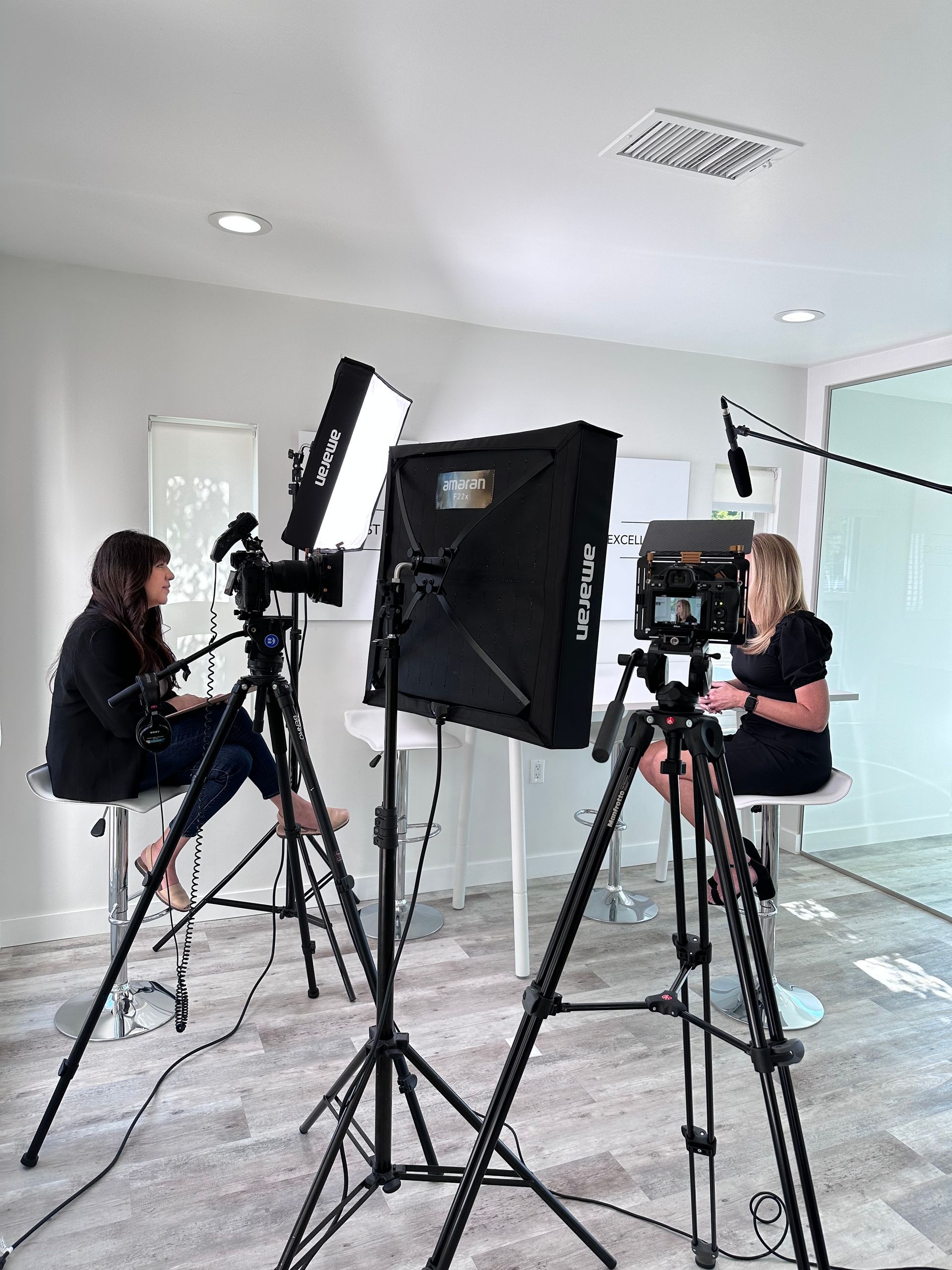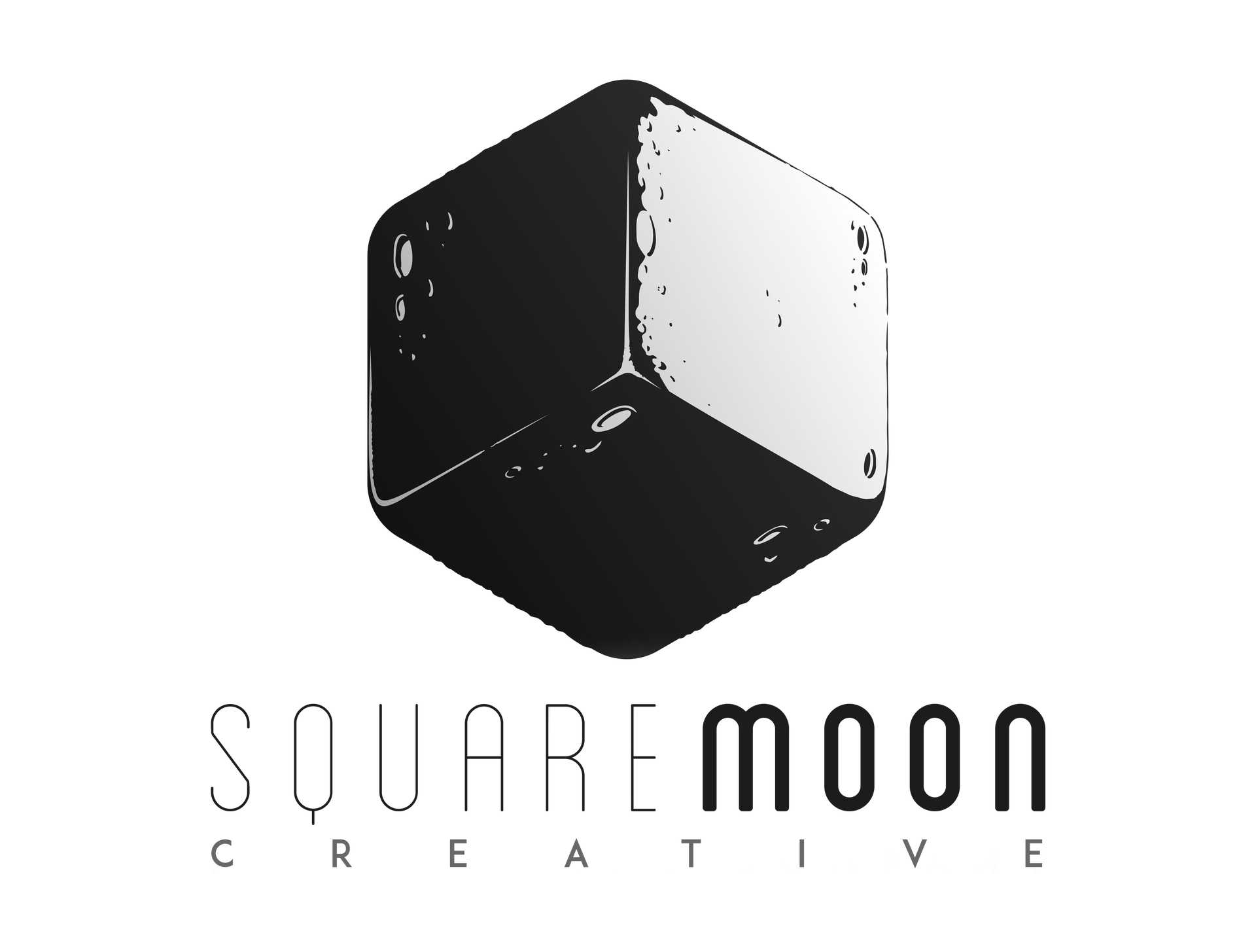What Social Media Algorithms Are Rewarding Now (And Why Authenticity Wins)
The surprising science behind what the algorithm really wants from your brand.

TL;DR:
Authenticity beats polish on social media. Platforms like TikTok, Instagram, and LinkedIn prioritize content with high watch time, replays, and shares — not production value.
What works now: short-form, face-forward, emotionally real content.
What’s fading: scripted promos, b-roll montages, and over-edited explainer videos.
If your brand wants to be seen and remembered, stop performing and start connecting. The algorithm rewards truth — so lead with your voice, not your visuals.
It’s Not About Being Slick — It’s About Being Seen
The scroll is ruthless. Flashy editing, clever transitions, cinematic music — all of it gets passed over in a heartbeat if what’s on screen doesn’t feel human.
It’s not that people are ignoring your content. It’s that they’re not connecting with it.
And here’s the kicker: the algorithms aren’t broken. They’re actually doing their job — they’re elevating what real people actually want to watch.
And what they want?
Isn’t perfection.
It’s personality.
The Algorithm Just Reflects What Humans Want
Let’s clear something up: platforms like TikTok, Instagram, and LinkedIn aren’t out to punish you. They’re built to reward attention — and authenticity earns it.
Dwell time, full watches, and shares are now the top-ranking signals across most major platforms:
- On LinkedIn, dwell time (how long someone lingers on your post) now ranks higher than clicks or likes. [source]
- Instagram Reels are ranked based on watch time, shares, and replays — not production value. [source]
- TikTok’s algorithm promotes videos based on how long viewers stick around, regardless of how many followers you have. [source]
So if your content is all sizzle and no soul, don’t blame the algorithm — blame the lack of connection.
What the Platforms Are Quietly Burying
Let’s be blunt. These formats just aren’t pulling their weight anymore:
- ❌ Over-edited explainer videos that read like pitch decks
- ❌ Voiceover-heavy promos with stiff, corporate scripts
- ❌ Generic b-roll montages with zero narrative arc
Why? Because 88% of consumers say authenticity matters when deciding what brands to support, and 59% say they’re most likely to trust content that feels user-generated. [source]
That’s why even the most polished, high-budget video can underperform if it doesn’t feel authentic.
Meanwhile, a founder speaking from the heart — even with shaky lighting — can cut through the noise.
The difference isn’t the gear. It’s the truth behind the lens.
What’s Actually Performing
Across all platforms, the videos that are rising to the top have three things in common:
✅ They feature real faces, unscripted
✅ They speak directly to the viewer
✅ They have a human moment worth pausing for
According to Wistia, videos under 60 seconds consistently deliver the highest engagement across platforms. [source]
And when there's a face on screen — not stock footage or slides — engagement jumps. In fact, presence of a human face in UGC increases interaction rates significantly. [source]
It’s not about going viral. It’s about resonating — and that resonance begins with relatability.
How We Build for the New Social Reality
At Squaremoon, we never ask:
“How do we make this trend-worthy?”
We ask:
“What’s the truest thing this brand could say today?”
Then we film that.
We capture full conversations, not just sales soundbites — and from those, we carve out moments that work natively on social:
- Founder clips that stop people mid-scroll
- Behind-the-scenes moments that show the why, not just the what
- Quote-driven videos that loop naturally and invite replay
We format for vertical, we add closed captions, we cut to the beat of real voices — and the platforms respond accordingly.
What You Can Do Right Now
Want to ride the algorithm shift without overthinking it?
Start here:
- Film a conversation, not a campaign
Ask: “What’s one thing most people get wrong about what we do?” - Find the honest sentence
Look for the line that made you nod or laugh. That’s the post. - Keep it short (under 60 seconds)
Short-form videos have an 81%+ completion rate 30% of the time. [source] - Post it as-is
No fancy cuts. Just you, your voice, and a good caption.
You’ll be surprised what happens when you stop trying to impress and start trying to connect.
The Takeaway: The Algorithm Favors Truth
This isn’t a trend — it’s a reset.
We’re in an era where human content wins. Because in the scroll of sameness, the most valuable currency is authenticity.
So if you’re spending more time polishing your video than thinking about what it says — you’re doing it backward.
Say something worth hearing. Then say it like you.
The platforms — and your audience — will do the rest.
Want Help Crafting Something People Will Actually Watch?
We’re Squaremoon. We don’t chase trends — we help brands say something real.



